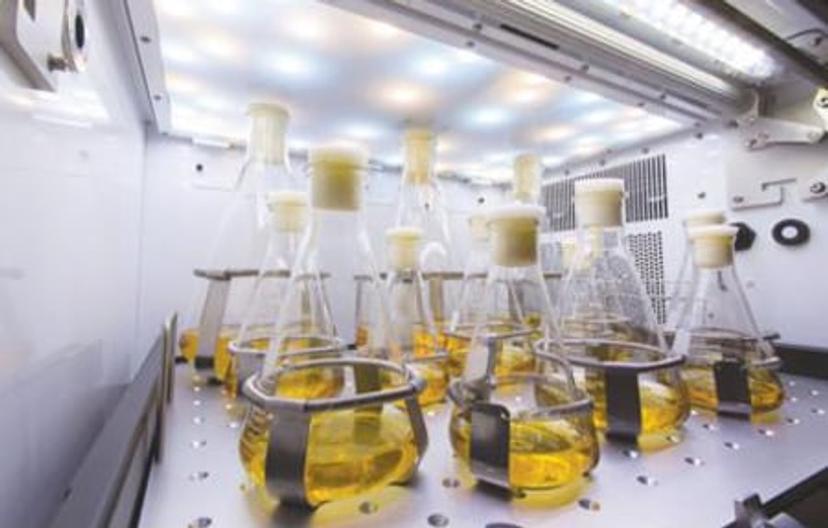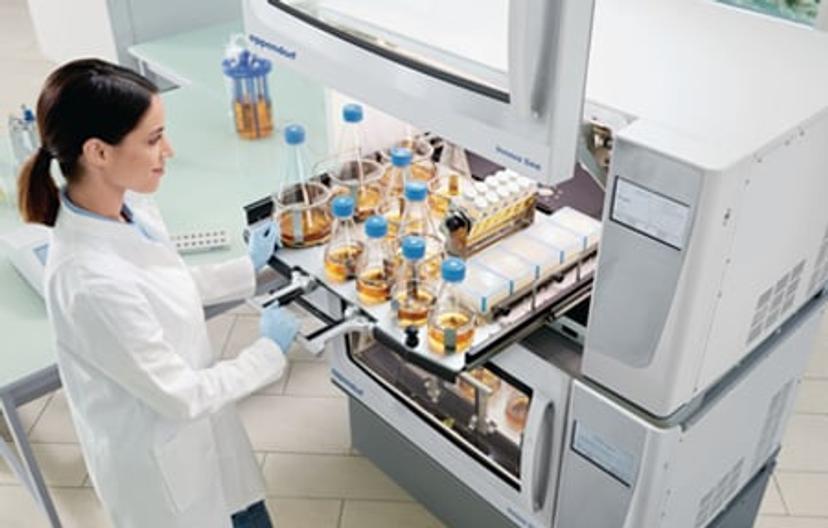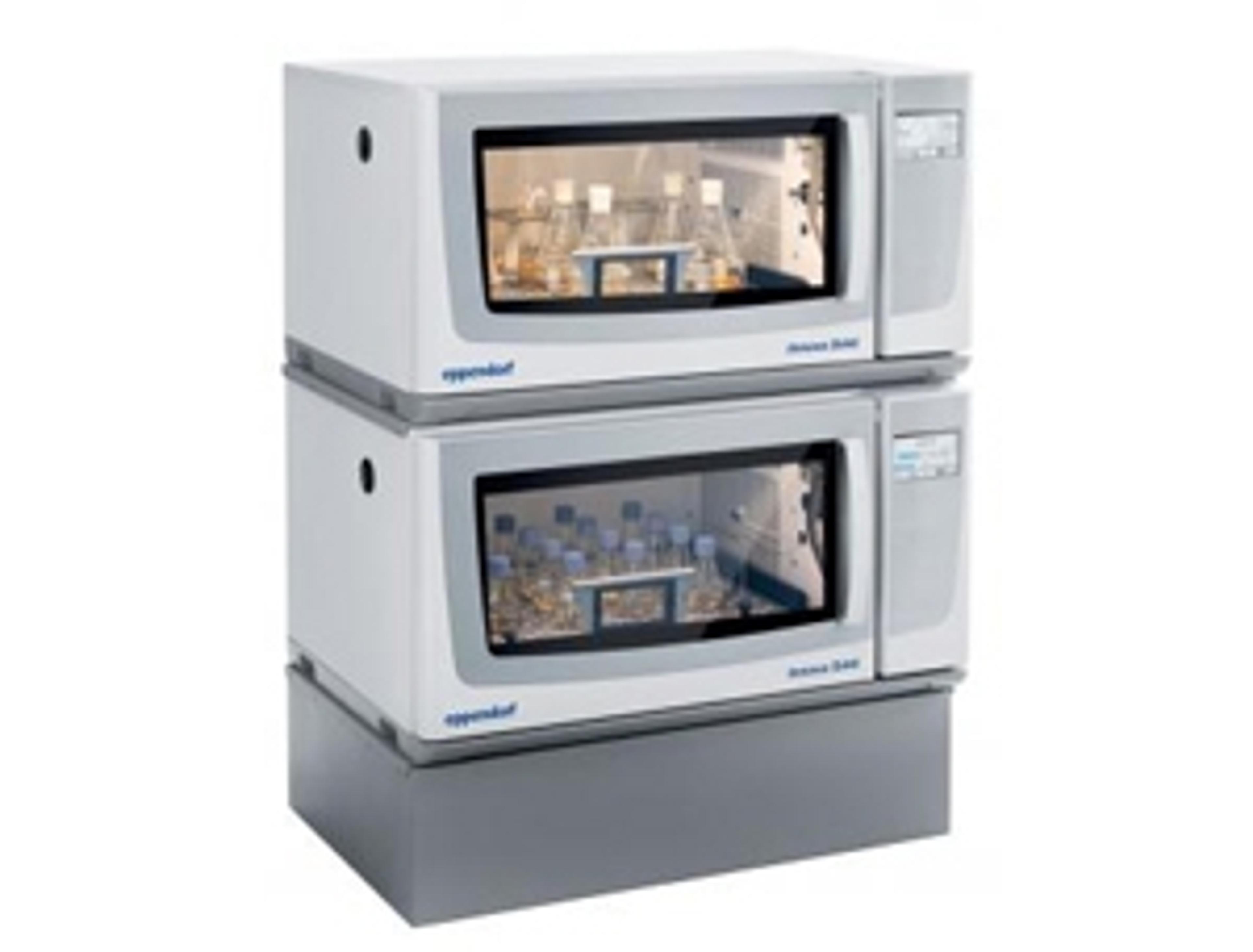How to Choose the Right Biological Shaker: 7 Key Considerations
21 Dec 2017Shakers are a key piece of equipment in any biological laboratory. Their versatility enables scientists to easily culture, monitor and scale up a range of experiments including biofuel research and microbiological cultures. When buying a new biological shaker, it’s important to consider the experiments and applications you want to use it for and the people using it. The following guide highlights seven key matters to consider when choosing the right shaker for your laboratory.
1) Orbit size
The diameter of the orbit of your shaker is an important factor when considering different shakers; different orbit sizes suit different culturing techniques and applications.
Aeration and circulation of the growth medium in your experiment is directly affected by the orbit size, so maximise your culturing efficiency by choosing the best orbit size for your application.
Most shakers are available in a 2.5cm and 5.1cm orbit. In general, a 2.5 cm orbit is a standard option for most applications, but higher volume experiments e.g. >2 litres, or shear sensitive cells may benefit from a larger diameter orbit.
2) Shaking
Oxygenation of the cultures also depends on the speed of the agitation. By increasing the agitation speed, the surface area of the liquid increases by washing against the side of the flask, enabling better aeration of the culture if done at an optimal speed.
Eppendorf suggests starting with the following speeds for a variety of cultures before optimizing for your experiment:
Culture Shaking Speed Bacteria 250 rpm Fungi 200 rpm Yeast 120-300 rpm Algae 110 rpm Insect Cells 100 rpm
Making sure your shaker is evenly loaded is important for improving the quality of your cultures, especially with the addition and removal of your colleague's samples. Choosing a shaker that can easily counterbalance uneven loads without compromising on shaker performance can ensure minimal disturbances to the agitation of your cultures.
3) Temperature control
Biological culturing is a precise and temperamental process; sudden changes in temperature can massively affect your culture and so incorporating good temperature control is an important factor to consider in instrument selection.
Reproducibility and consistency are crucial when culturing, so it’s also important to consider the uniformity of any heating/cooling across the whole of your shaker.
The new Innova® S44i, from Eppendorf, operates over a range of temperatures: 5oC above ambient to 80oC, while the refrigerated model utilizes environmentally-friendly coolant to enable cooling down to 4oC.
4) Light

Control of light into your shaker is vital when growing any light-dependent cultures. When culturing algae, cyanobacteria and phototrophic cells, light intensity inside the shaker also needs to be uniform across the platform ensuring even exposure to light sources across your cultures.
Or, if your samples are photosensitive, having blacked-out windows can limit your sample’s exposure to external light sources during the culturing process.
Eppendorf offers the option to add photosynthetic LED lights to your biological shakers to support phototrophic culturing experiments. The Innova® s44i can be programmed to change the intensity of these lights at timed intervals, mimicking the cells’ diurnal rhythm.
5) Method Customizability
Different labs use different methods. The ability to customize an instrument to your specific needs is a good feature to consider when performing repeated experiments. This feature will save your laboratory time and prevent re-inputting the same controls every time you use the instrument. Newer shakers also include integrated USB ports, enabling easy data export to track the exact conditions used in your experiment.
6) Lab Throughput, Operation and Access

Biological laboratories often have multiple researchers with several cultures growing at one time, so shaker space and capacity can often be an issue. At the same time, shakers should be quick and easy to set up and change, ensuring everyone within the lab can utilize the instrument for their own individual needs whilst also minimizing downtime.
Choosing an instrument with easy access to samples limits the accidental knockings and breakages that can sometimes occur during insertion and removal of cultures.
The Innova®S44i can hold up to 238 25mL Erlenmeyer flasks on a smaller footprint compared to previous models, with the ability to accommodate flasks up to 5L. The integration of a smooth, ergonomic pull-out tray allows comfortable and easy access to samples, even the ones at the back of the shaker.
7) Experimental Security
It’s important that all members of the laboratory can use the shaker, but it’s also important to ensure usage is tracked, preventing accidental alterations to conditions and experiments and protecting your experiments and giving you peace of mind.
Creating multiple user profiles on the Innova® S44i enables researchers to vary the levels of authorization on these profiles, increasing traceability and security in the laboratory.
Do you use Eppendorf products in your laboratory? Write a Review Today

